Everything you need to know about choosing and caring for Oriental rugs in your home
Roger Rose of James Barclay, the rug cleaning and repair service, offers advice on caring for antique Oriental rugs.
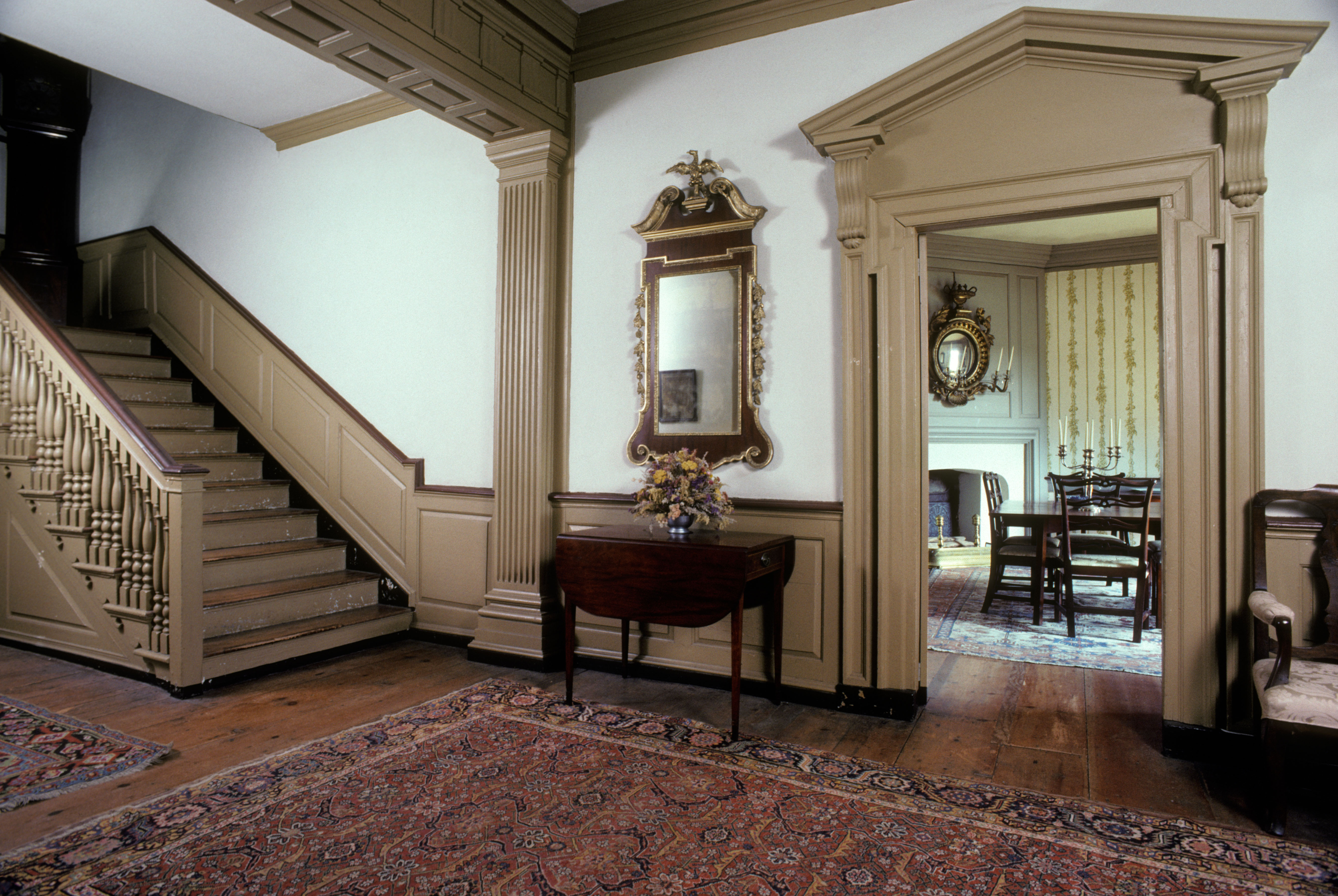
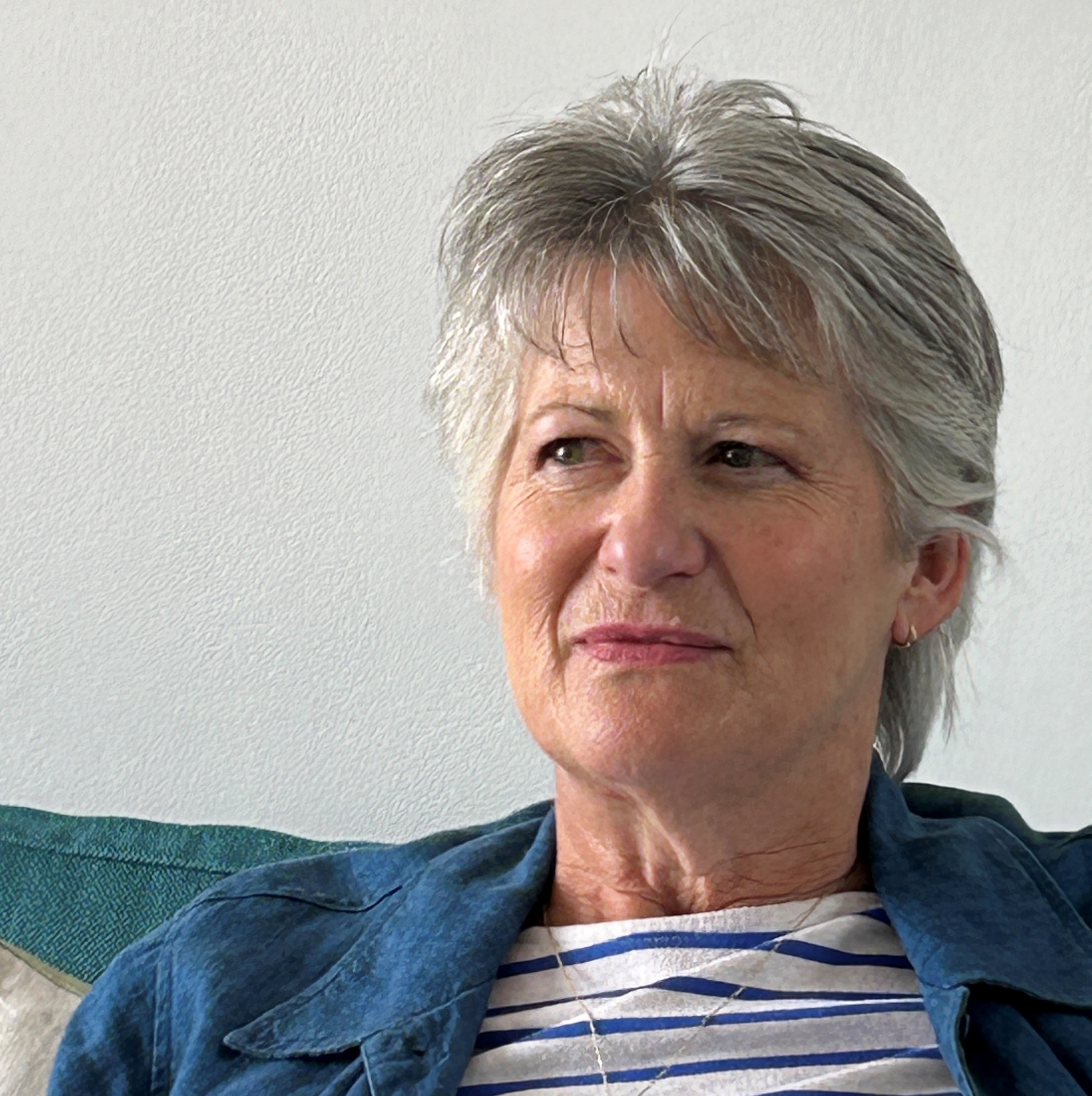
In a world of mass production, antique Oriental rugs are enjoying a resurgence in popularity, possibly because they’re such an effective and unique way to make a home more comfortable and interesting. ‘Old rugs, handmade with natural flower and vegetable dyes, have a lovely soft colour and patina that make them very easy-going in rooms – they’re not argumentative,’ says Roger Rose, director of James Barclay (www.jamesbarclay.co.uk), an Oriental rug sales and restoration specialist that traces its roots back to Scotland, where it was founded 100 years ago.
There’s also a certain romance associated with their provenance, an exoticism that perhaps attracted the Victorians to begin sourcing rugs from countries such as Persia, the Caucasus and Turkey in the first place, and an individuality accentuated by their handmade qualities. ‘People want some-thing with character, as an antidote to neutral, contemporary pieces,’ says Roger.
What is your definition of an Oriental rug?
It’s a handmade piece from Persia, the Caucasus, Turkey, India, China, Afghanistan, Pakistan and Turkmenistan. Generally, anything larger than 3m by 2m (10ft by 6½ft) is a carpet – anything smaller than that is a rug. A runner is a long corridor piece, typically 3m by 1m (10ft by 3ft), and a Kelley is a wider runner, more than 1.5m by 4m (5ft by 13ft), often used in an entrance hall.
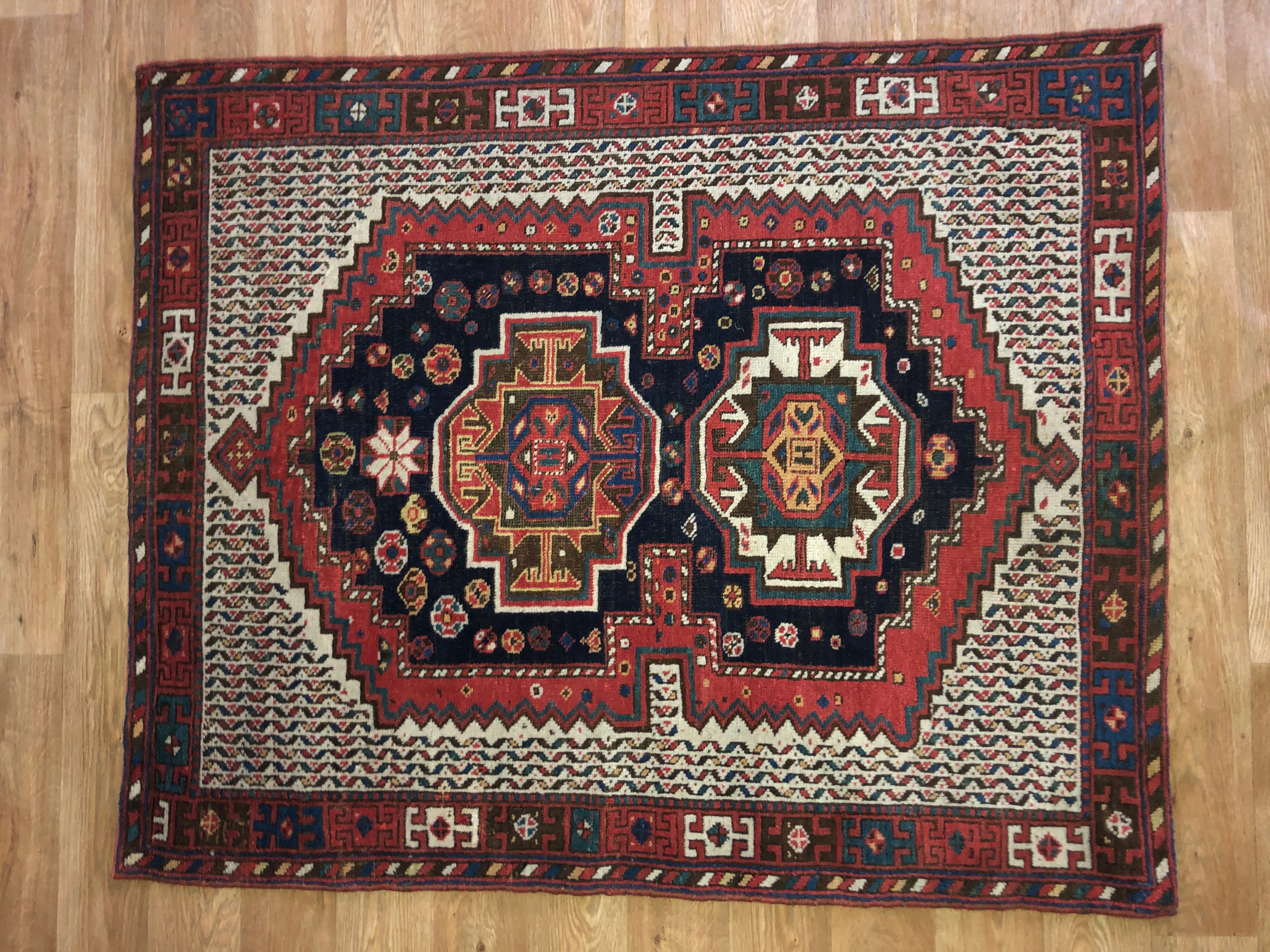
How old is ‘antique’?
The ‘golden era’ for rug weaving was about 1870 to 1920, when there was a demand for handmade Oriental rugs for European and American homes. Of course, rug-making has existed for centuries – the Pazyryk rug is about 2,500 years old and was found, preserved in ice, in 1949 in Kazakhstan – but I’m referring to the heyday when many good workshops made many beautiful carpets. They come to us today from private collections, estates that are being wound up and through relationships we’ve developed over many years.
Nor is the ‘golden era’ to suggest that everything stopped after 1920; rug weaving continued, but the advent of brighter, chemical dyes – including orange, which was the first synthetic dye to be used – has meant that the pieces from after this date simply tend not to be as nice.
What are they made from?
Wool, mostly from sheep, dyed with the madder plant for red, indigo for blue and many other vegetable and flower dyes and mixtures.
What are the design characteristics?
Some people prefer the geometric patterns that are associated with the Caucasus, but the Persian buyer tends to prefer a finer, more classic look with the medallion motif. Rugs from Turkmenistan tend to be more tribal and the only way to identify the tribe is by the individual flowerhead motif woven into the field of the design. There are many, many different designs and motifs, so there’s usually something to suit every taste.
Sign up for the Country Life Newsletter
Exquisite houses, the beauty of Nature, and how to get the most from your life, straight to your inbox.
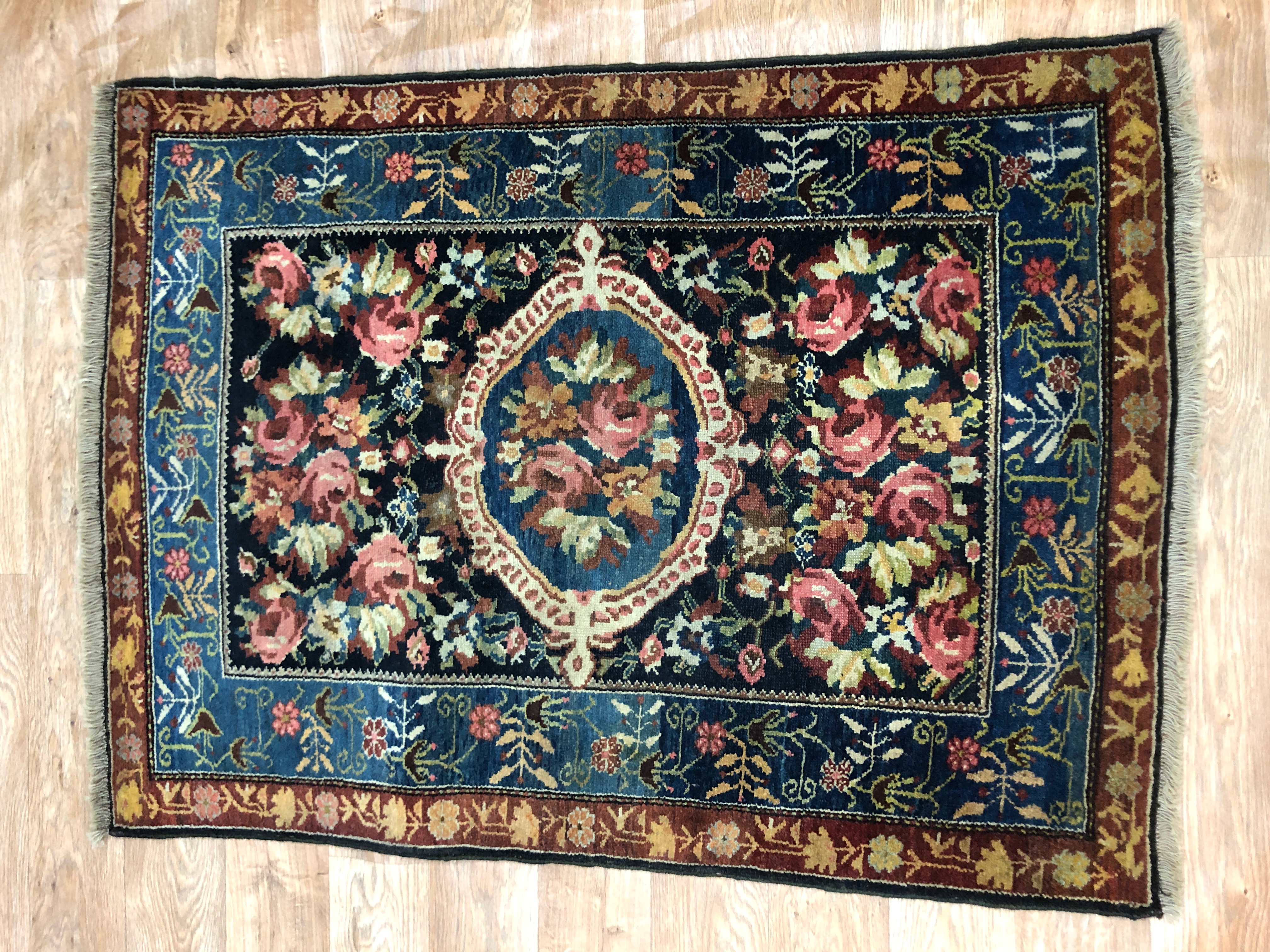
How do you know where a rug was made and how old it is?
The front can sometimes be confusing, as there was some swapping of designs. Instead, the information is on the back of the rug: the weave tells you where the piece was knotted, because of the different methods employed in different areas. The colours give away the age of the rug, because the natural dyes mellow over the years.
How should old rugs be looked after?
Don’t vacuum the fringes, because this may pull away the rug itself. Apart from that, general vacuuming is fine. If you spill anything, drop a little warm water on the rug immediately to see if you can soak up the stain. If that doesn’t work, bring it to us for professional cleaning by hand. Rotate the rug for even wear, but don’t worry unduly about sun damage, because the natural dyes are resilient to sunlight. Use your rugs, walk on them, enjoy them and bring them to us for a ‘service’ every 5–10 years.
Can an antique rug be repaired?
We can clean, repair and restore all kinds of handmade old rugs, carpets and tapestries. It tends to be easier to remove stains from old rugs than contemporary ones, because of the materials used and we can repair damage caused by moths, pets, footfall, floods and more. Our job is to retain the lovely old look without over-restoration, while giving the rug a new lease of life.
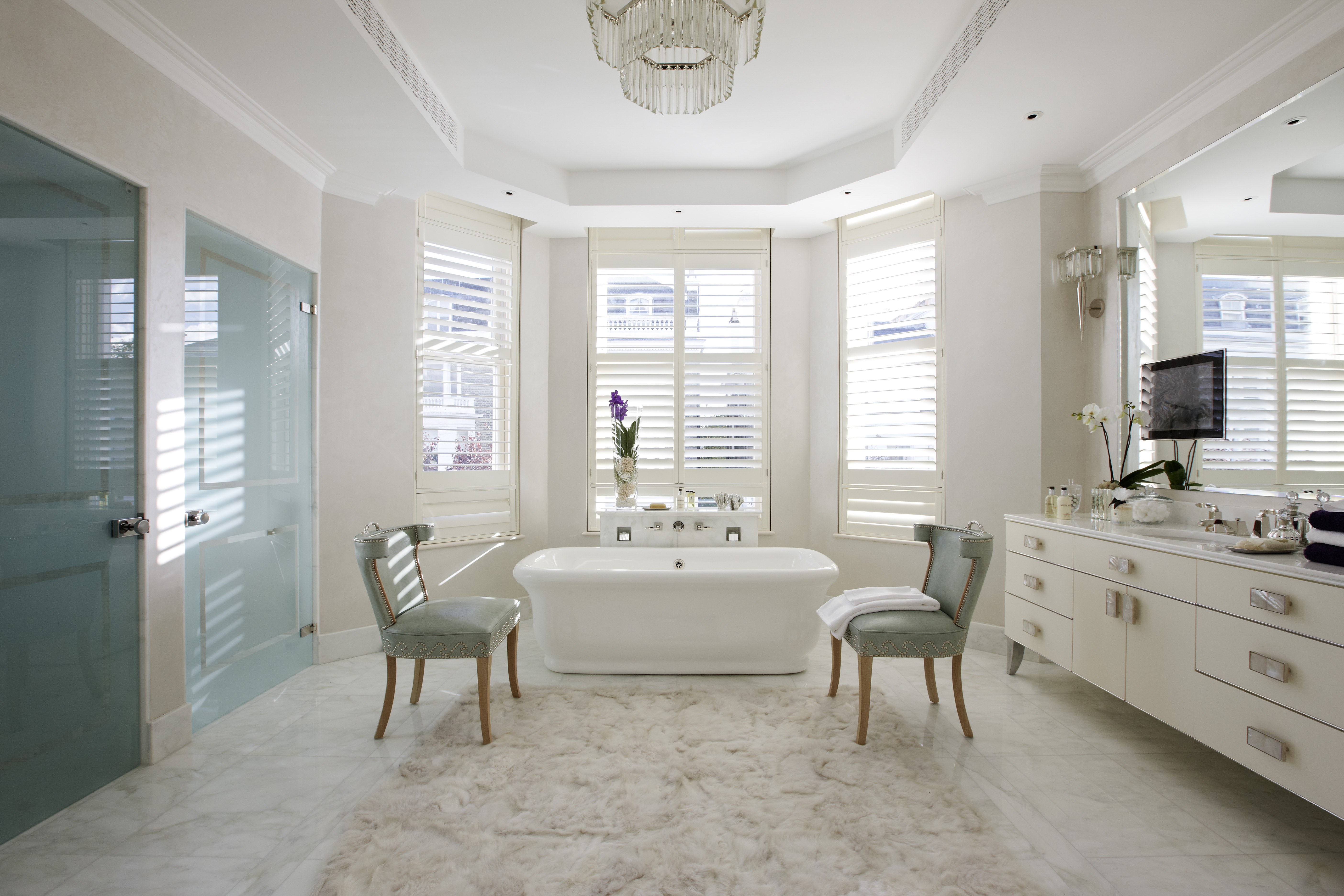
Credit: Joanna Wood
Beautiful bathrooms: How to design your lighting, draw the eye and make the most of your space
Bathrooms are typically the smallest room in the house - interior designer Joanna Wood shares her top tips and tricks
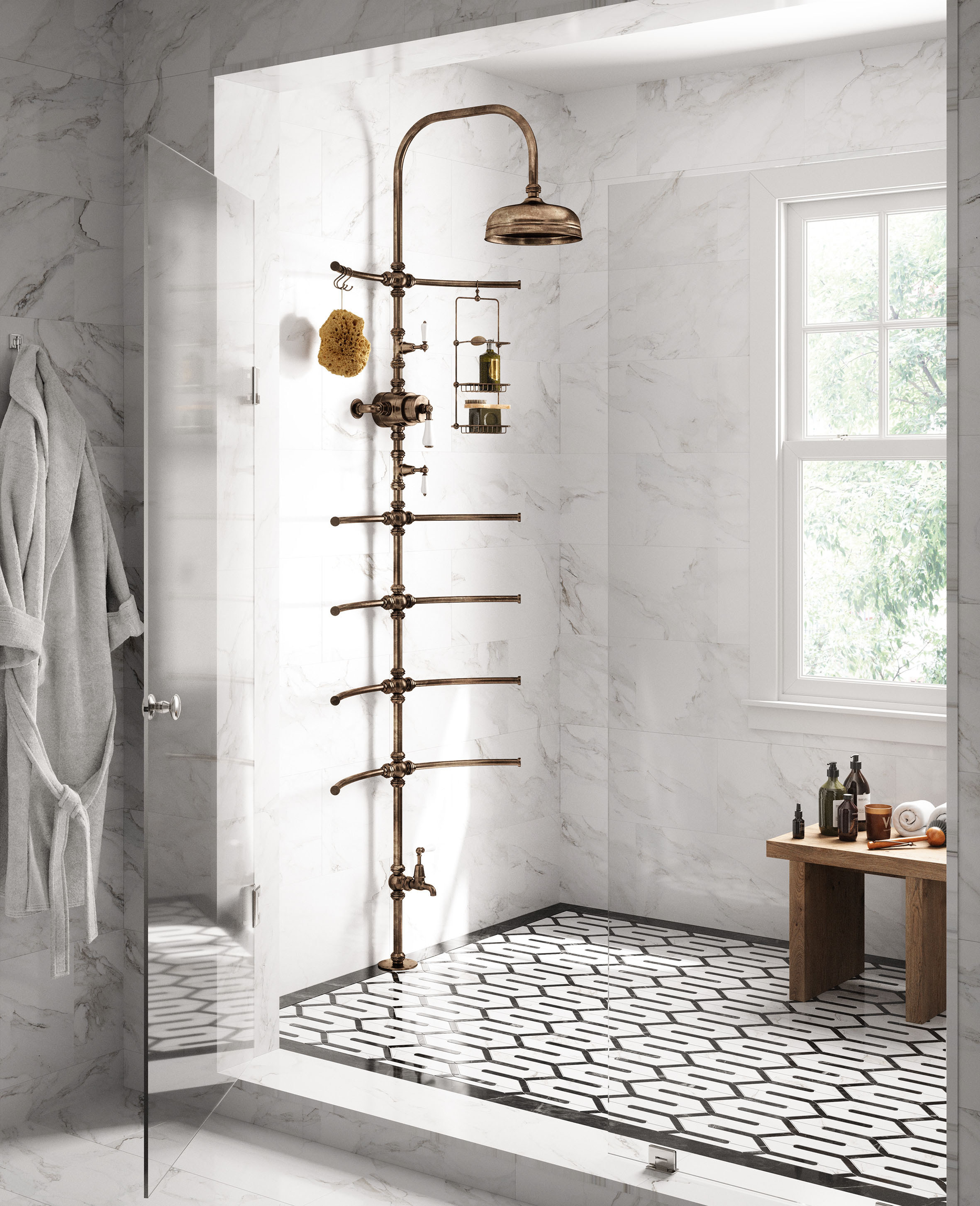
Credit: Cathpole & Rye
The joys of a shower which offers a touch of luxury and theatre on a daily basis
A beautiful bathtub is a splendid feature for any bathroom, but given how often you use the shower it makes
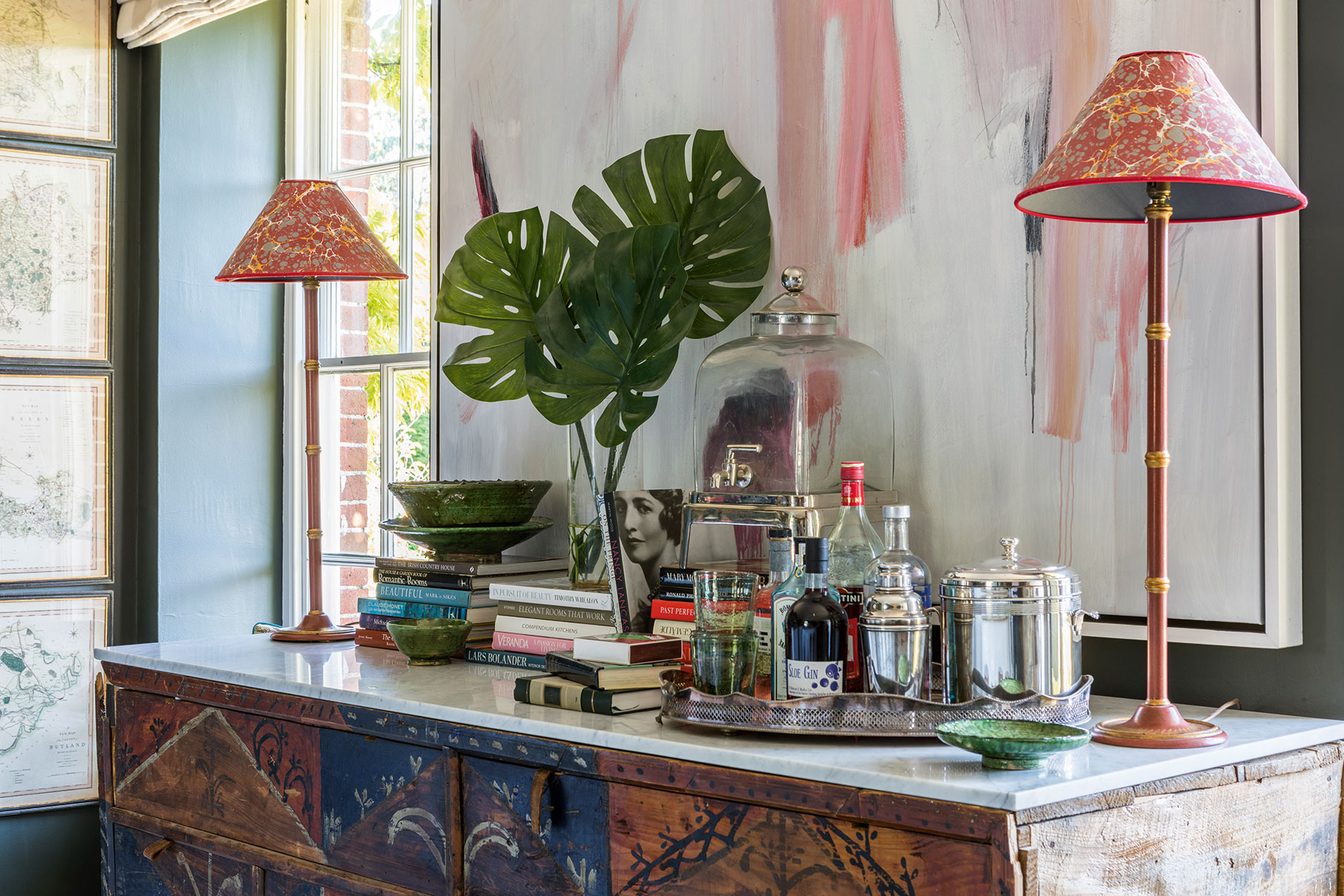
Six indispensable lighting tips: What to do and what not to do to get it right
Interior designer Henriette von Stockhausen of VSP Interiors shares her secrets for getting the right lighting.
Amelia Thorpe is a design and interiors journalist and regular contributor to Country Life. She spent the first half of her career book publishing, before jumping the fence to become a writer — a role that she adores. Amelia lives in London with her husband and two roguish dogs.
-
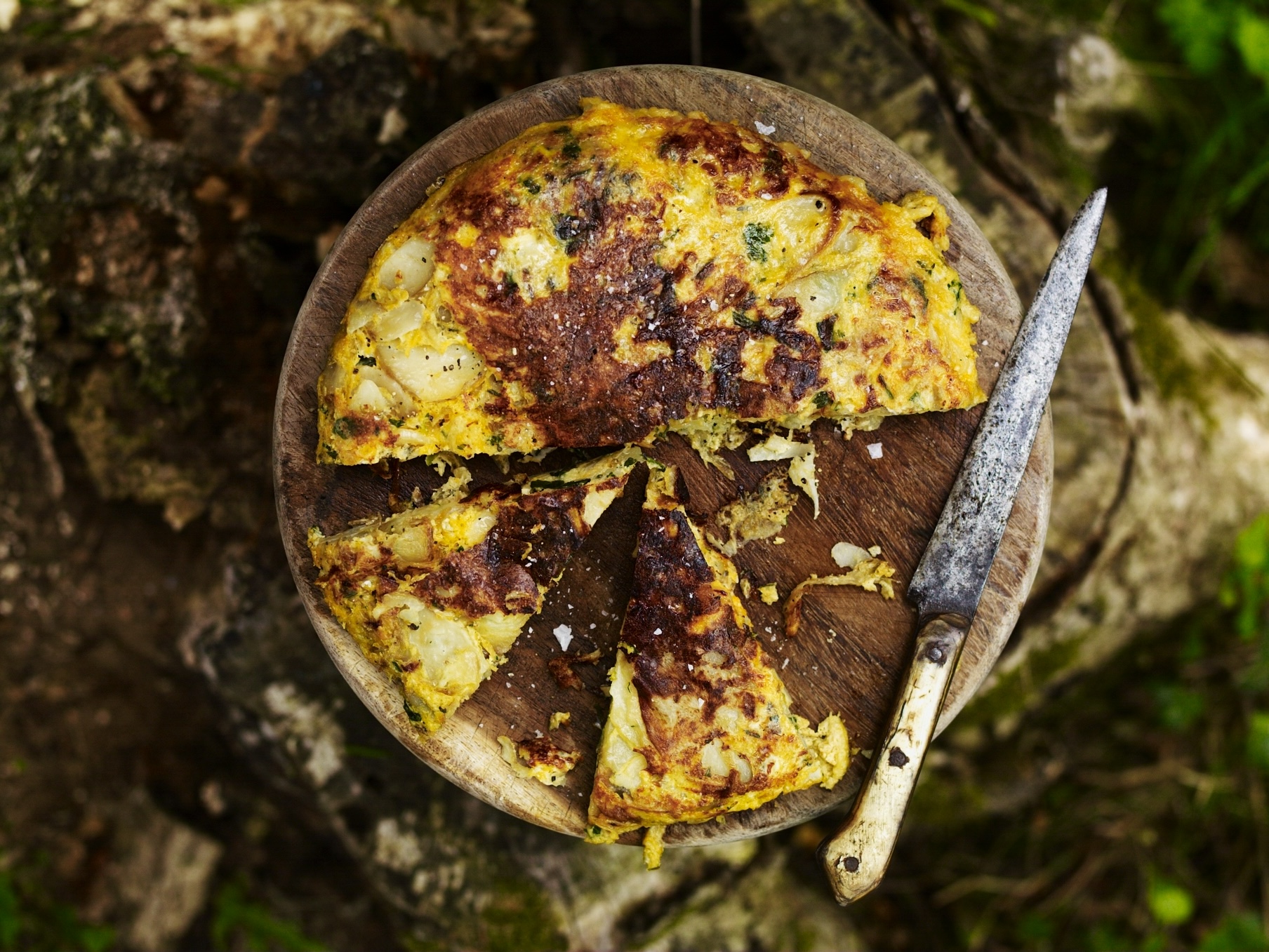 Gill Meller's recipe for a seasonal new potato omelette, with smoked garlic, onions and Cheddar cheese
Gill Meller's recipe for a seasonal new potato omelette, with smoked garlic, onions and Cheddar cheeseBy Gill Meller Published
-
 Bond's Aston Martin and Welsh rarebit: Country Life Quiz of the Day, April 10, 2025
Bond's Aston Martin and Welsh rarebit: Country Life Quiz of the Day, April 10, 2025Thursday's quiz celebrates pedestrian crossings and tests your language skills.
By Toby Keel Published